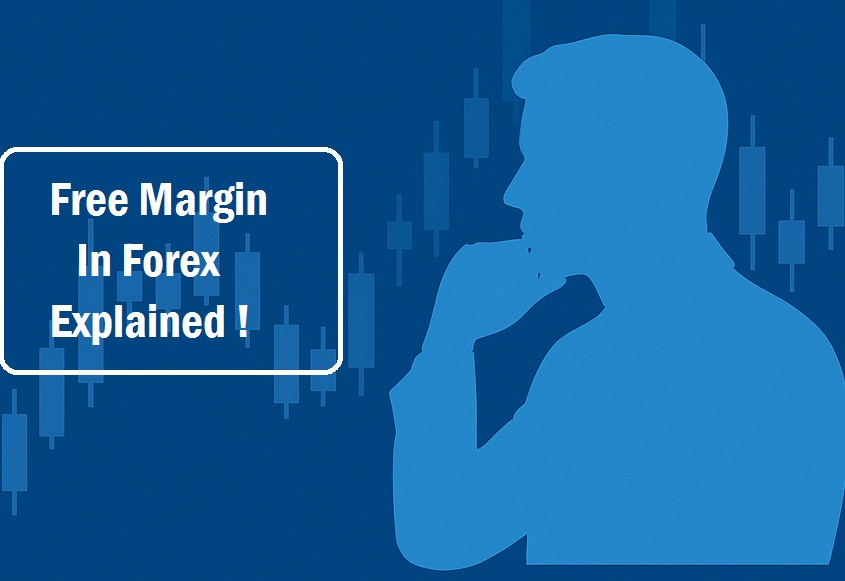Understanding What Free Margin Is in Forex
In today’s lesson, we’ll be diving deep into a key concept that every aspiring Forex trader must fully grasp.
Free margin is one of the most powerful metrics in forex trading. If your goal is to become a professional trader, this is one concept you cannot afford to overlook. It plays a crucial role in helping you manage your trading account wisely by showing how much capital is available for opening new positions. Simply put, understanding free margin gives you the power to manage your risk and your trades effectively.
So far, we’ve covered margin requirement, account balance, required margin, used margin, and equity. Now, it’s time to explore Free Margin in greater depth.
What Is Free Margin in Forex?
Free margin refers to the portion of your trading account that is still available to open new positions. It calculates the difference between your equity and your Used Margin.
In simpler terms, free margin is what’s left after accounting for the margin used in your open trades. That’s why it’s often called “Usable Margin,” because it’s the part of your margin that you can actually use.
You can use free margin in two ways:
- To protect your account from being wiped out by a negative price movement before a margin call or stop-out occurs.
- To open new trades in the market.
(We’ll discuss margin calls in upcoming lessons, so no worries for now. Let’s stay focused on free margin.)
How to Calculate Free Margin in Forex
Calculating free margin is simple, especially when there are no open trades. If no position is running in your account, your free margin is equal to your account balance, and there will be no need to calculate anything.
However, when you have one or more trades open, you’ll need to apply the formula:
Free margin = Equity – Used margin
- If your open positions are profitable, your equity increases, and so does your free margin.
- If your trades result in floating losses, your equity decreases, and your free margin also reduces.
Example: Calculating Free Margin with an Open Position
Let’s say you have a trading account with a balance of $3,000.
You spot a good opportunity on USD/CHF and decide to take a long (buy) position using a margin requirement of 1% and a standard lot size (100,000 units).
Since the margin requirement is 1%, that implies a leverage of 1:100. Because the base currency is USD, the notional value of this trade will be $100,000.
Let’s walk through the calculation:
Step 1: Calculate Required Margin
Required Margin = Notional Value / Leverage
Required Margin = $100,000 / 100 = $1,000
So, the margin required to place this trade is $1,000.
Step 2: Determine Used Margin
Since you only have this one trade open, your Used Margin is the same as your Required Margin:
Used Margin = $1,000
Step 3: Calculate Equity
Let’s assume your trade is already floating a $100 profit.
Equity = Account Balance + Floating P/L
Equity = $3,000 + $100 = $3,100
Step 4: Calculate Free Margin
Now that we have the equity and used margin, we can calculate the free margin:
Free margin = Equity – Used Margin
Free Margin = $3,100 – $1,000 = $2,100
So, your current Free Margin is $2,100.
Keep in mind that as long as your trade remains open, your free margin will continue to fluctuate depending on the floating profit or loss of that position.
Final Thoughts
To become a professional forex trader, you must learn how to manually calculate these metrics, even though your trading platform usually does it for you. Mastery of the fundamentals sets you apart and empowers you with deeper insight and control.
Don’t skip the math just because it seems complicated. Embrace it. Learn persistently. Work harder. Your success depends on how well you understand these building blocks.
In our next lesson, we’ll be diving into “Margin Level,” don’t miss it!









